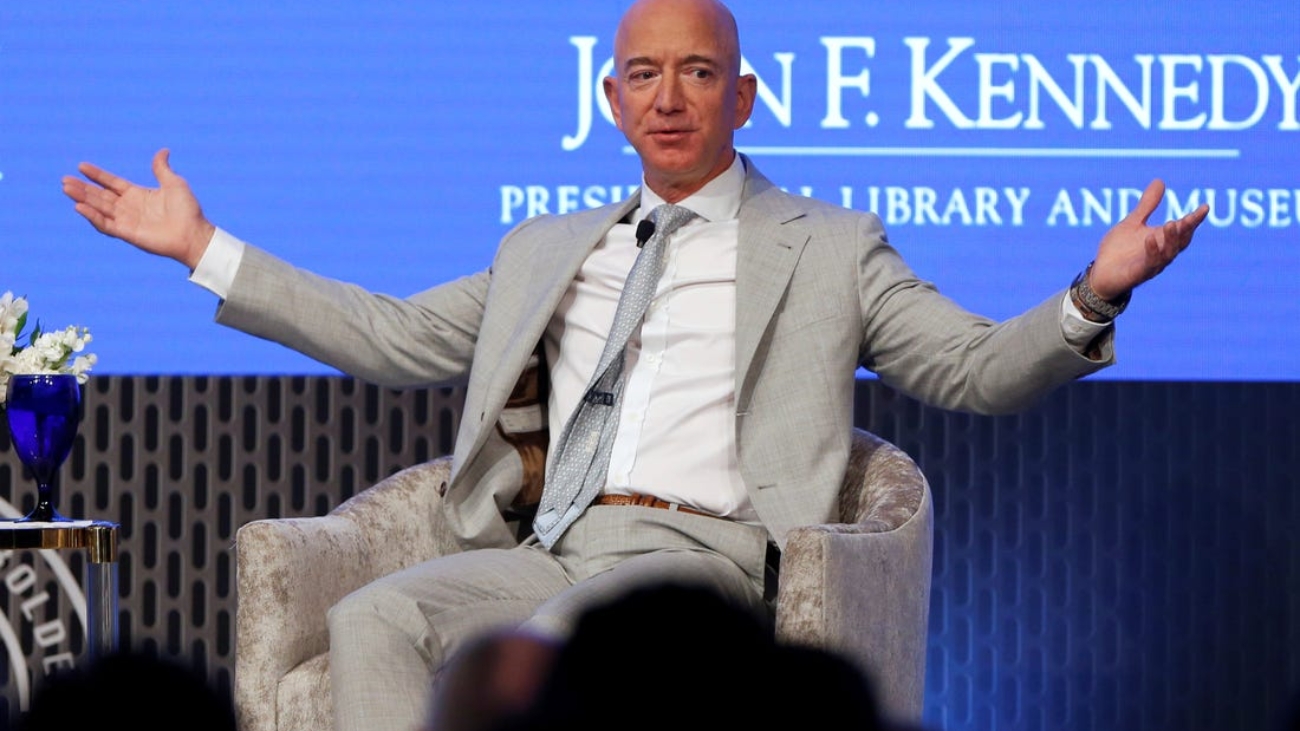Setting a budget is not a make-or-break for a startup. We certainly have examples of startups who excel in the early years without setting annual budgets. However, it is relatively easy to create a budget, and it does have many benefits, so you might as well do it.
To gain the benefits, 2 things are important; you will have to set a practical/useful budget and make use of it in the day-to-day operations. Many businesses get the budget setup wrong from the beginning. For the few that get it right, they save the file and never check it till the next year.
Step 1: Draw up a monthly template (link at the bottom)
Breaking down your annual budget to a monthly schedule allows you to get more granular and makes it easier to track.
Step 2: List your expected expenses for the year
To make it easier, group your expenses into operational expenses and capital expenses. Try to think about it in terms of months, [“what expense do I consistently have each month?” – some that come to my mind are salaries, phone & internet bills, and interest expense on an existing or planned loan]. This allows you to remember most of your expenses. Remember to factor in planned increase or decrease for the year. With expenses, it is more conservative to factor in planned increase. For example, if you expect to grow your team size from 7 staff to 10, your salary budget should reflect 10, and their expected salary, even better if you know the exact month you plan to hire each of the new staff. Note that other expenses may go up when staff size goes up – email subscription, employer pension contribution, health insurance premium. In most parts of Nigeria (for now), rent is annual. Which month is your rent due? Input the total rent on the same month you expect to pay it – that way you fully understand the significant cash outflow you have that month, and you hopefully plan accordingly. I personally prefer to avoid non-cash items, such as depreciation, from my budget.
Capital expenses involves some understanding of your strategy for the year. Are we increasing our manufacturing capacity, our server capacity, our square foot? Knowing this allows you to input the cost of the new machine/additional server fees/new real estate into your budget. Even if you are only 70% sure of it, accounting for it in the budget is safer than not accounting for it. Depending on the size of your firm, different department heads will need to contribute their opinions in this section.
Step 3: List your expected revenue for the year
This is the fun part (hopefully). It involves you writing down how much money you think you will earn. That sounds more interesting than writing a long list of future cash that will leave your account. If you run a subscription business or SAAS, it is very easy to input how much you expect from your current customers and how much you expect from new customers. Likewise contract jobs are easy to input if the contract is already agreed on and ongoing. (It’s a revenue budget – meaning what you expect – you don’t have to factor in default or incomplete payment on contract except you have reason to believe that will be the case).
For other one-time payment models common in FMCG, fashion retail, restaurants, petroleum products etc, using your previous years sales is a good starting point for the new year’s budget. Then you factor in economic trend, marketing, and inventory – is this a boom year or pandemic? do we have a new marketing strategy planned? do I have more cash this year for inventory? Maybe you are planning on getting a loan or recently raised equity so there is plans for expansion (expansion in stock size, new outlets, etc). All these should inform your reason as to why you believe sales in the new year will be more or less than average sales in previous years. Note that it is conservative to overestimate expense budget, and underestimate revenue budget. However, an audacious revenue budget also serves as a strong roadmap for motivating your team.
Summary
Reiterating the second point I made in the second paragraph – a budget is useful when you make use of it. Make it a habit to input your actual revenue/expense next to your budget at the end of each month. Furthermore, a budget doesn’t have to be static. At the end of each month, you should also revise the future month’s budget, especially if you believe you have gotten some insights in recent times that gives you a more informed opinion of expected performance in the future month. However, budget revision should not be used to pamper management – some leaders are eager to revise revenue budget downward for no concrete reason other than making it appear like they met their targets.
Depending on the complexities and size of projects within the business, it could also be valuable to draw up budgets for specific projects within the business. At the very basic, a budget really is answering the question of “what do you think your financial report would look like at the end of the year?”. The skill in budgeting is the ability to write down all that you think will happen so that when planning you know you are taking all factors into consideration. Business management is about reducing risk (uncertainty) and increasing predictability. The only surprise you want is higher than expected revenue, and even that has its downsides.
Check out our easy-to-use annual business budget template -> Download Template






